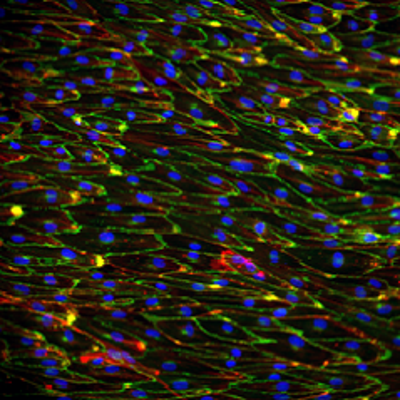Endothelial barrier function
The endothelium of vessels is responsible for vascular tone and permeability and its function is disturbed in diseases like atherosclerosis, diabetes or hypertension. Impedance-based assays measure the obstruction to alternating current flow to monitor the morphology, viability and permeability of the endothelial barrier. Our experts use Ncardia’s human iPSC-derived endothelial cells to model endothelial barrier in vitro and perform impedance assays to provide an analysis of acute and chronic compound effects on vascular barrier function.
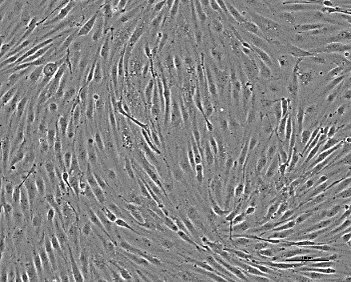
- Non-invasive technology
- Multiplexing options
- Sensitive for short and long-term assessments
Do you want to explore how this assay can help you progress your drug discovery programs? Contact our expert
Applications
Early screening of endothelial barrier permeability allows establishment of drug dose-limits to avoid adverse effects of therapeutic candidates. Impedance assay can monitor time course changes in endothelial permeability, cell matrix interaction and cell membrane capacitance with high sensitivity. Our advance data analysis capabilities enable discrimination between necrosis and apoptosis, subtle loss of cell-cell contacts or acute cell death.
Assessment of endothelial barrier resistance and permeability in 3 batches of human iPSC-derived endothelial cells.
Endothelial barrier resistance increases as the monolayer is established in the plate and remains stable long-term. Compounds can be added at the desired time point to study the effect on endothelial barrier function and permeability.
 The figure shows barrier resistance measured at 4 kHz over time using ECISTM (Applied Biophysics) in 3 different batches. It shows reproducibility between batches.
The figure shows barrier resistance measured at 4 kHz over time using ECISTM (Applied Biophysics) in 3 different batches. It shows reproducibility between batches.
Our work centers on a simple yet powerful premise:
When we combine deep iPSC knowledge, broad assay capabilities and a demonstrated ability to integrate the biology of human diseases into preclinical research, we can help drug developers make critical decisions earlier and with more confidence.
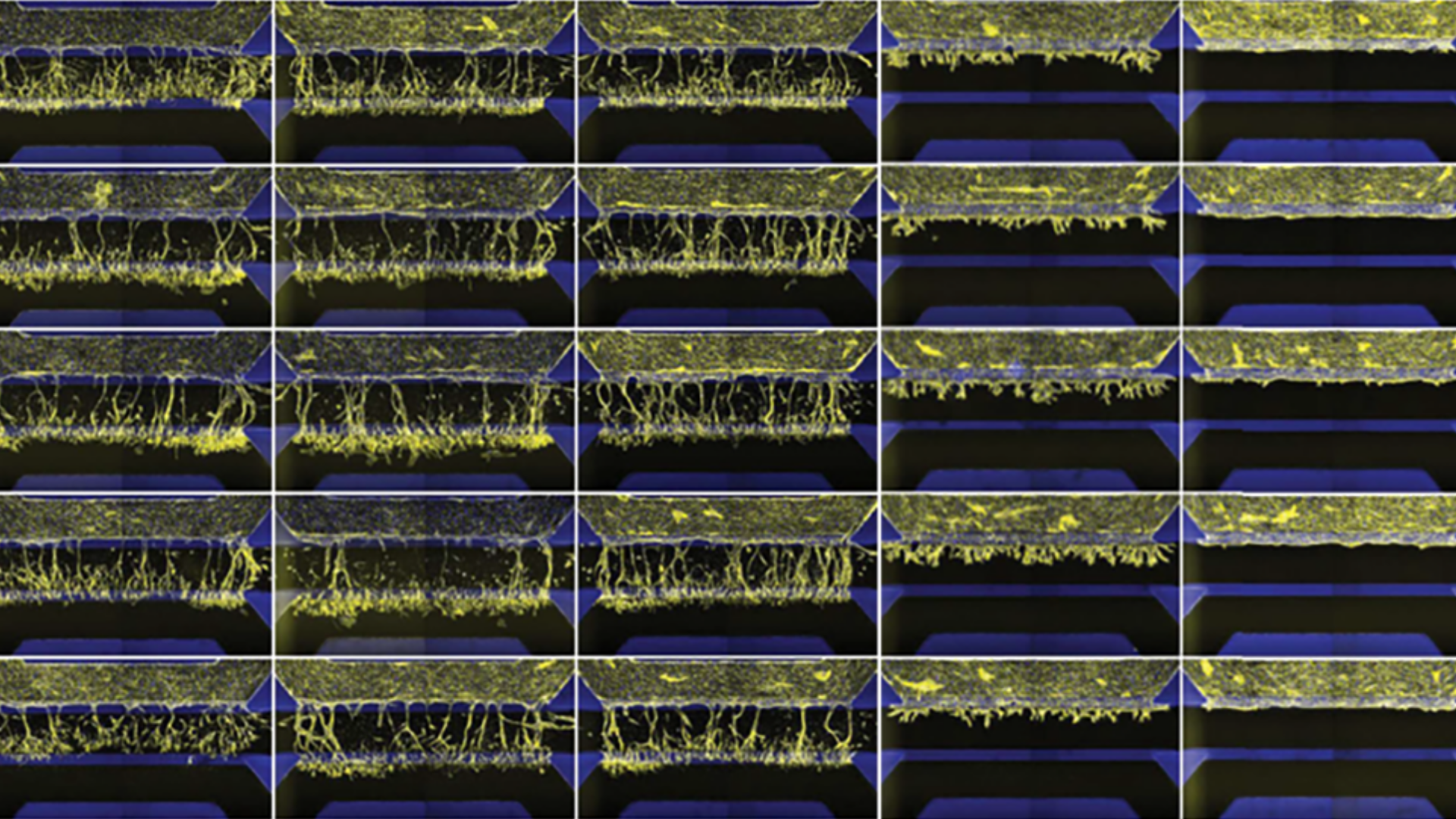
Study compound-induced effects on blood vessel formation
Assay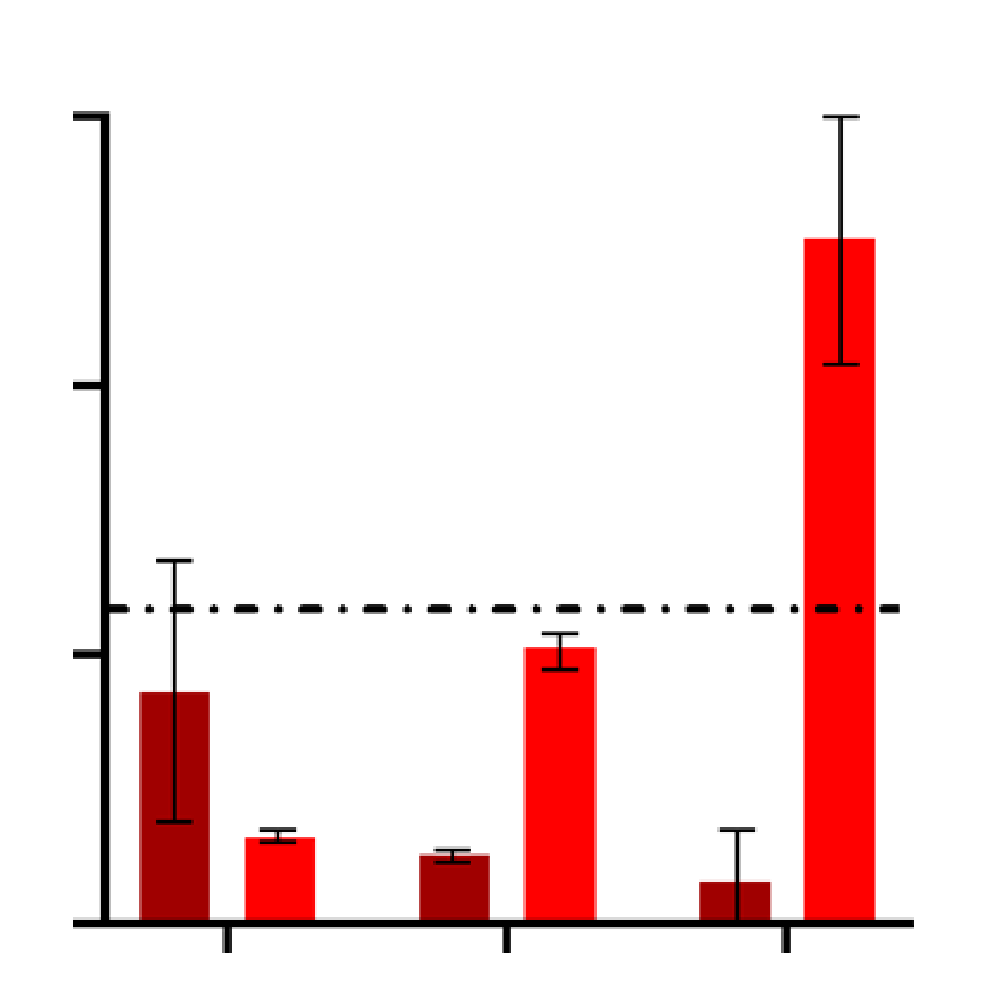
Evaluate and quantify the levels of clinically relevant biomarkers
Assay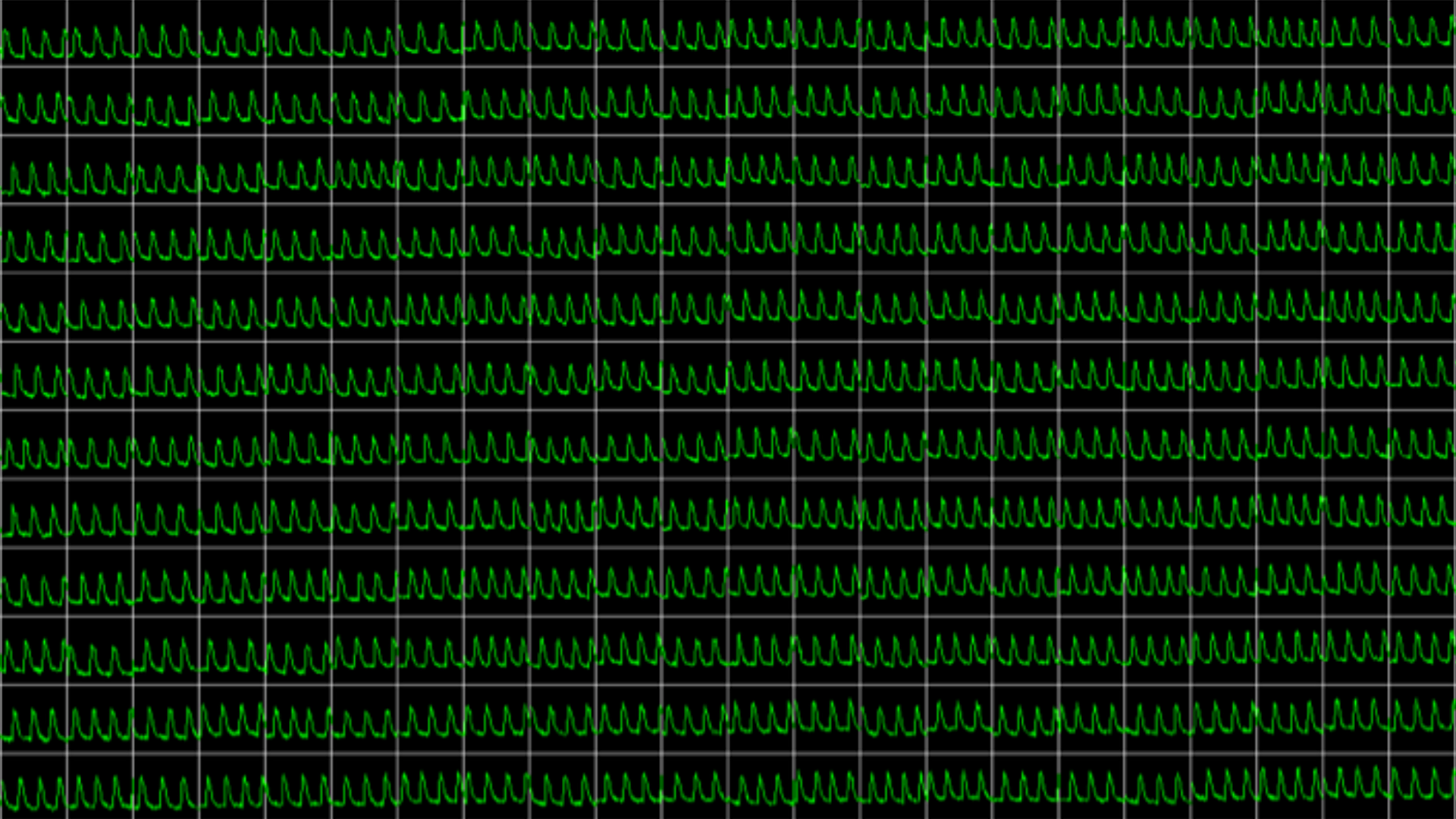
Obtain real-time recordings of intracellular calcium fluctuations
Assay
Get in-depth and unbiased insights into the effects of therapeutic candidates on cells
Assay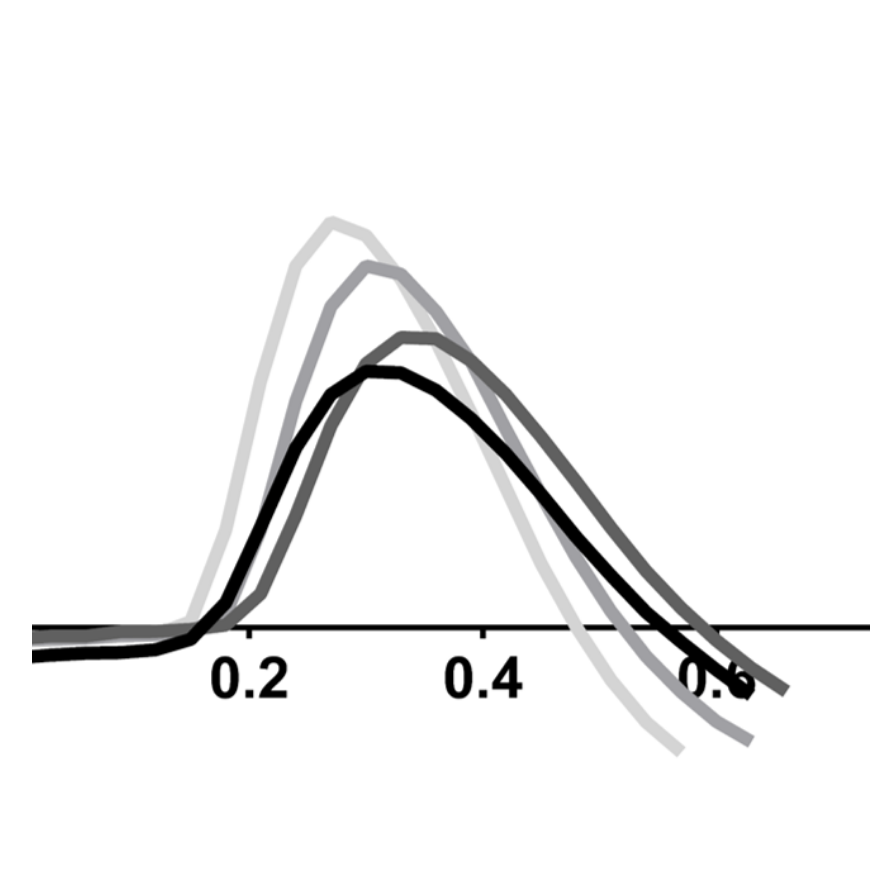
Study drug-induced effects on contractility of cardiac or skeletal muscle cells
Assay
Determine the electrophysiological effects of your therapeutic candidates
Assay
Evaluate endothelial permeability in short and long term
Assay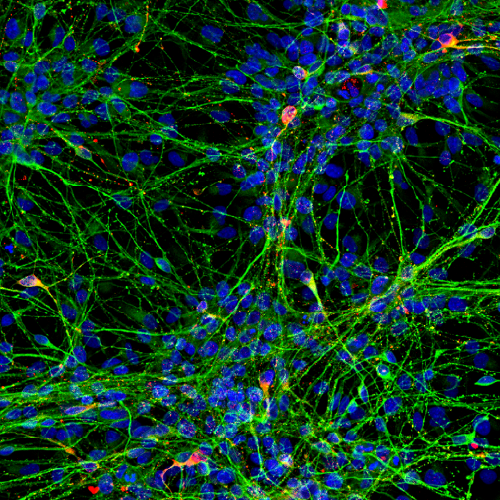
Study drug-induced phenotypic changes in the cell model of your interest
Assay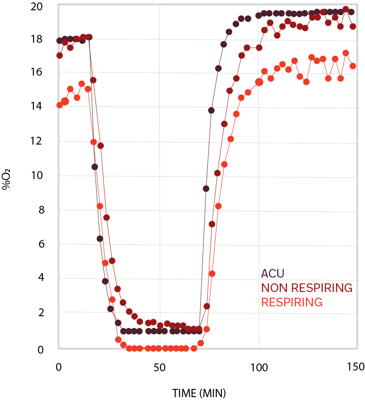
Obtain precise information on compounds' impact on metabolic processes

